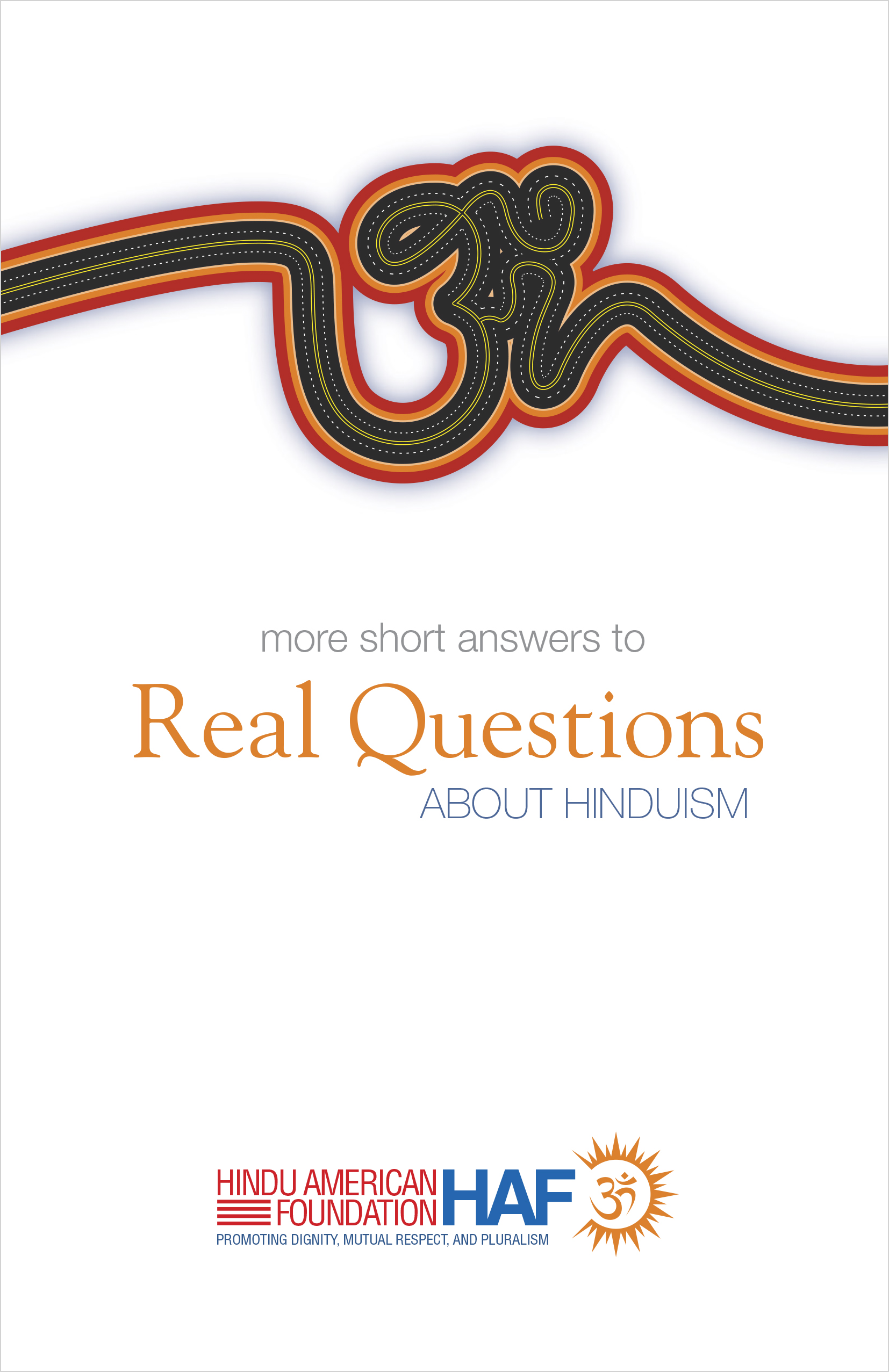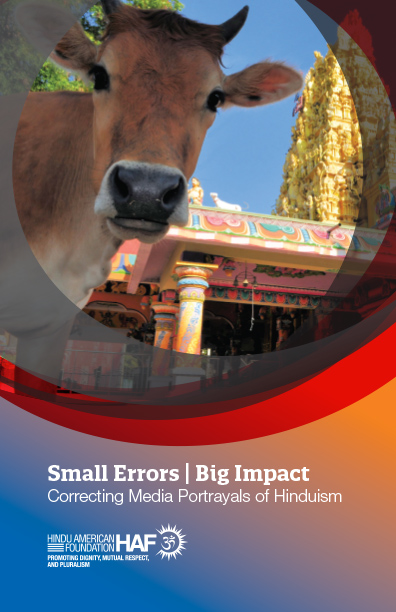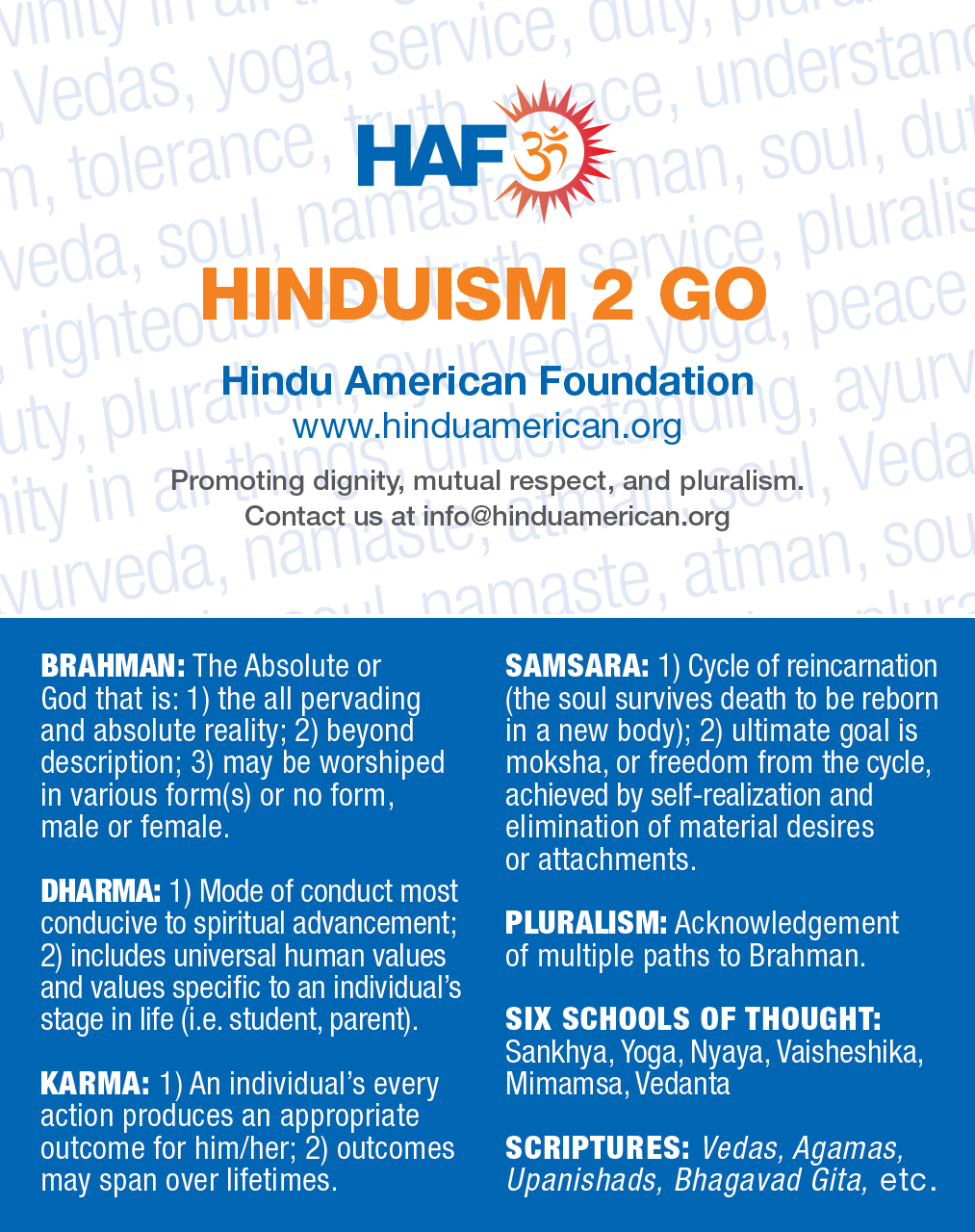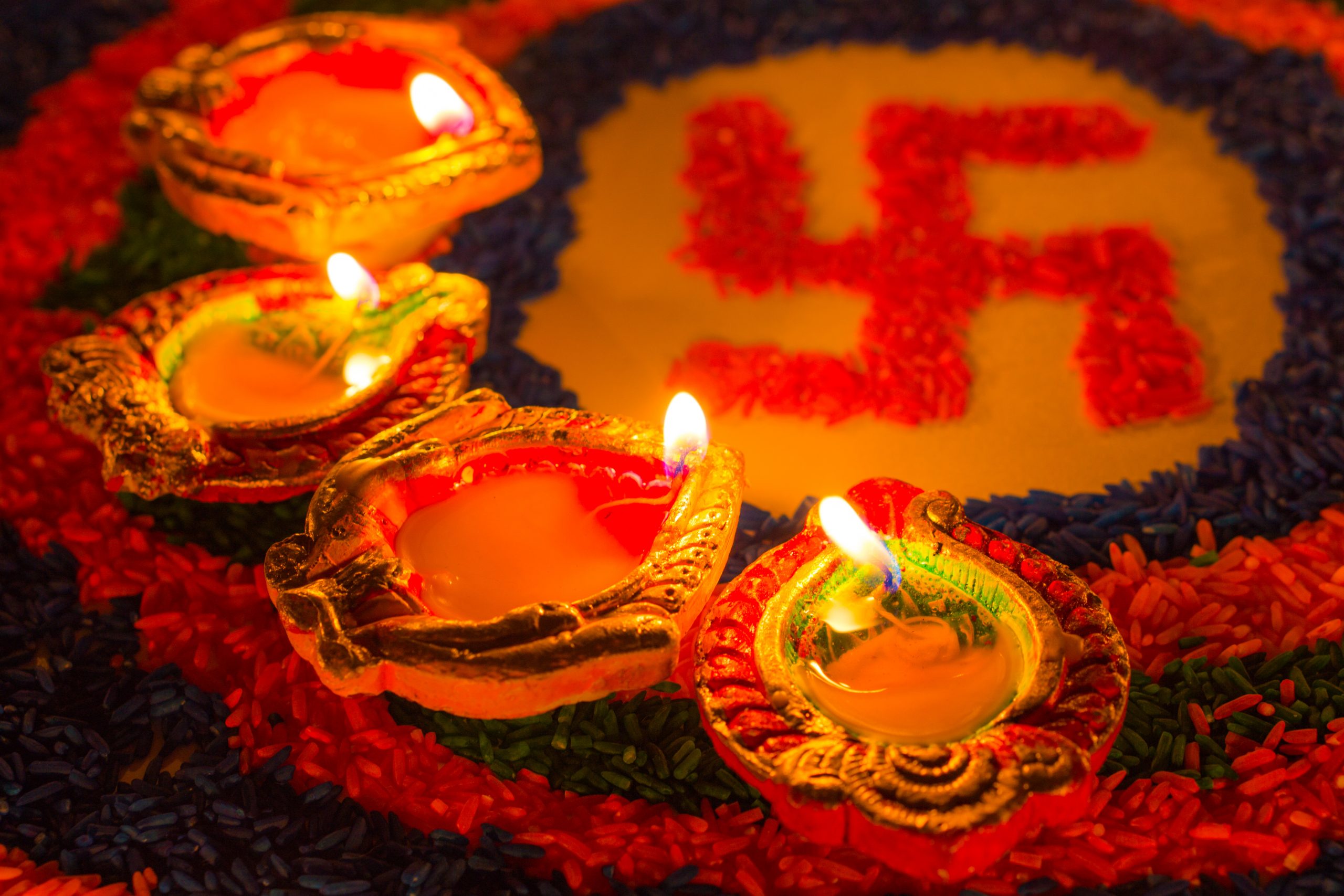President John Adams, Letter to Thomas Jefferson on Christmas Day, 1813 Joseph Priestly’s A Comparison of the Institutions of Moses with those of the Hindoos and other Ancient Nations:
“Pythagoras passed twenty years in his travels in India, in Egypt, in Chaldea, perhaps in Sodom and Gomorrah, Tyre and Sidon. He [Priestly] ought to have told us, that in India he conversed with the Brahmins, and read the Shasta [sic shastra], five thousand years old, written in the language of the sacred Sanscrit, with the elegance and sentiments of Plato. Where is to be found theology more orthodox, or philosophy more profound, than in the introduction to the Shasta [sic Shatra]? “God is one, creator of all, universal sphere, without beginning, without end. God governs all the creation by a general providence, resulting from his eternal designs. Search not the essence and the nature of the Eternal, who is one; your research will be vain and presumptuous. It is enough, that, day by day and night by night, you adore his power, his wisdom, and his goodness, in his works. The Eternal willed, in the fulness of time, to communicate of his essence and of his splendor, to beings capable of perceiving it. They as yet existed not. The Eternal willed, and they were. He created Birma [sic Brahma], Vitsnow [sic Vishnu], and Sib [sic Shiva].” These doctrines, sublime, if ever there were any sublime, Pythagoras learned in India, and taught them to Zaleucus and his other disciples.”
Mark Twain, Author
“India is the cradle of the human race, the birthplace of human speech, the mother of history, the grandmother of legend, and the great-grandmother of tradition. Our most valuable and most instructive materials in the history of man are treasured up in India only.”
Henry David Thoreau, Essayist
“Whenever I have read any part of the Vedas, I have felt that some unearthly and unknown light illuminated me. In the great teaching of the Vedas, there is no touch of sectarianism. It is of all ages, climbs, and nationalities and is the royal road for the attainment of the Great Knowledge. When I read it, I feel that I am under the spangled heavens of a summer night.”
“I would say to the readers of the Scriptures, if they wish for a good book, read the Bhagavad-Gita…It deserves to be read with reverence even by Yankees.”
“In the morning I bathe my intellect in the stupendous and cosmogonal philosophy of the Bhagavad-Gita, in comparison with which our modern world and its literature seems puny and trivial.”
Ralph Waldo Emerson, Essayist
“In the great books of India, an empire spoke to us, nothing small or unworthy, but large, serene, consistent, the voice of an old intelligence, which in another age and climate had pondered and thus disposed of the questions that exercise us.”
William James, Psychologist and Philosopher
“From the Vedas, we learn a practical art of surgery, medicine, music, house building under which mechanized art is included. They are encyclopedia of every aspect of life, culture, religion, science, ethics, law, cosmology and meteorology.”
Ella Wheeler Wilcox, Author
“India—The land of Vedas, the remarkable works contain not only religious ideas for a perfect life but also facts which science has proved true. Electricity, radium, electronics, airship, all were known to the seers who founded the Vedas.”
Will Durant, Writer
“India was the motherland of our race, and Sanskrit the mother of Europe’s languages: she was the mother of our philosophy; mother, through the Arabs, of much of our mathematics; mother, through the Buddha, of the ideals embodied in Christianity; mother, through the village community, of self-government and democracy. Mother India is in many ways the mother of us all.”
“India will teach us the tolerance and gentleness of mature mind, understanding spirit and a unifying, pacifying love for all human beings.”
“It is true that even across the Himalayan barrier India has sent to the west, such gifts as grammar and logic, philosophy and fables, hypnotism and chess, and above all numerals and the decimal system.”
Carl Sagan, Astronomer
“The Hindu religion is the only one of the world’s great faiths dedicated to the idea that the Cosmos itself undergoes an immense, indeed an infinite, number of deaths and rebirths.”
Peter Johnstone, Mathematician
“Gravitation was known to the Hindus (Indians) before the birth of Newton. The system of blood circulation was discovered by them centuries before Harvey was heard of.”



































